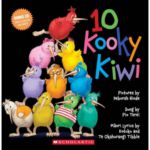
Sing along with iconic entertainer Pio Terei counting down from ten kooky kiwi to one! Colourful kiwi characters act out this funny kids’ version of the popular singalong Ten Green Bottles, including CD by iconic NZ entertainer Pio Terei.

Sing along with iconic entertainer Pio Terei counting down from ten kooky kiwi to one! Colourful kiwi characters act out this funny kids’ version of the popular singalong Ten Green Bottles, including CD by iconic NZ entertainer Pio Terei.
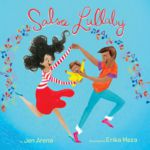
Parents put their young child to sleep with the help of some music and dancing.
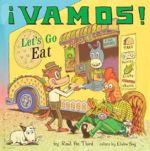
Little Lobo, a Mexican American, and Bernabe, his dog, gather tacos, frutas picadas, cuernos, and more and deliver them to los luchadores preparing for Lucha Libre 5000.
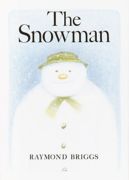
When his snowman comes to life, a little boy invites him into his home and in return is taken on a flight high above the countryside, in a classic wordless story with a new cover.
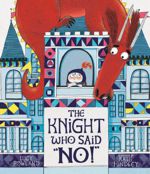
Ned the knight always does exactly what he is told, but when a dragon swoops into town, he decides for the first time to say no.
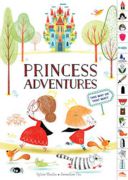
Readers will decide whether to stomp their feet in the rushing river or take a nap in the meadow; enter a dark cave or stay the course; open a castle door with cobwebs or one that wafts a sweet-smelling scent. There are many paths to take, but only two will lead the princesses to their sweet happy ending.

This bilingual color concept book celebrates a rainbow of traditional objects seen during the Chinese New Year.
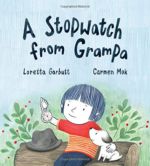
Loretta Garbutt uses subtlety and sensitivity to explore the five stages of grief (denial, anger, bargaining, depression, acceptance) in this moving picture book story of loss. It features a gender-neutral main character (no first name or pronouns are given) making the story universally relatable. This is a perfect choice for fostering discussions with children about their emotions, particularly the feeling of loss. It also offers a poignant representation of an intergenerational relationship between a grandfather and grandchild. Carmen Mok’s expressive and thoughtful illustrations employ a limited color palette to convey the character’s emotional trajectory. There are curriculum applications here in social-emotional development as well as character education lessons in caring and resilience.
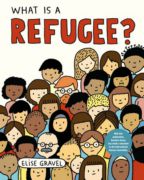
An accessible picture book that oh-so-simply and graphically introduces the term “refugee” to curious young children to help them better understand the world in which they live.
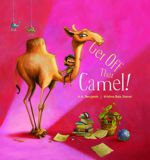
From the time Meena was a baby, she’s been obsessed with camels. This fixation only becomes stronger when she’s gifted a real camel for her birthday! Absolutely thrilled with her new pet, Meena simply refuses to get off that camel! This delightful story by veteran children’s author A.H. Benjamin is accompanied by Krishna Bala Shenoi’s vibrant, colorful illustrations, and promises to take readers on a ride they’ll never forget.